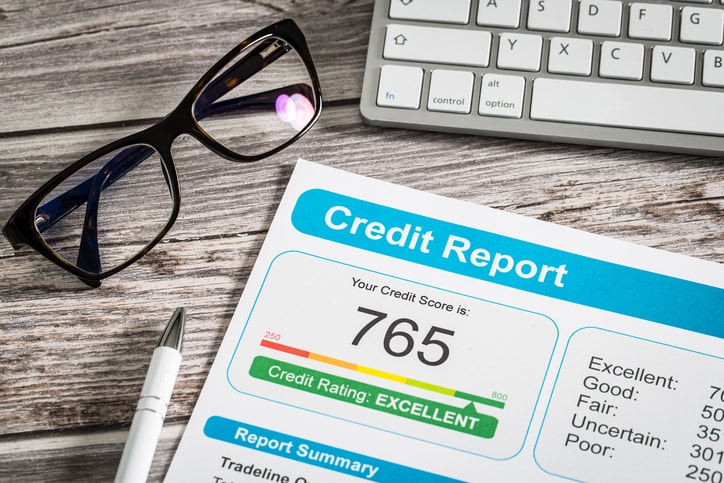By Carl Faulds
Your business credit score will shape the future of your company. Put more simply, it will dictate what credit you can access – and at what price.
But what shapes this score, and how can you maximize it?
All about FICO
FICO is the largest and best-known company that calculates credit scores. It operates entirely behind the scenes: that is to say, it’s not a credit bureau per se, but simply focuses on the analytical and reporting side. So how is it’s algorithm calculated?
The components of your credit score
Whilst scores are calculated in a slightly different way for each business, there are sufficient similarities that we can generalise. It’s important to be able to read your credit score correctly, but typically, 35% of your score would focus on your payment history, 30% on the loans you have outstanding, 15% on the length of your credit history, 10% on the mix of credit you hold and the final 10% on the amount of credit you have recently taken out. Let’s look at each of those categories in more depth.
Payment history (35% of your score)
The biggest factor is whether you have proved yourself to be a responsible borrower, who repays on time and in full. The more credit you have taken out and repaid, the better. Late payment histories are naturally damaging, and the later you’ve paid, the worse your score. The good news is that a negative payment history eventually disappears from your file.
Amounts owed (30% of your score)
This part of the score not only focuses on how much you owe, but also on your credit usage – that is to say, the level of your borrowing relative to your credit limits.
In particular, FICO will examine your usage of overdrafts, lines of credit and credit cards – very high usage of these expensive but flexible borrowing methods tends to indicate that a business is financially stressed.
If your circumstances allow, it’s best to keep this type of credit usage above zero and below 30% – which could mean borrowing less or increasing your credit limits.
Length of credit history (15% of your score)
The longer you’ve been borrowing and repaying, the more data FICO has to calculate your score and the more highly it will rate your business. That’s bad news for start-ups, but there’s a silver lining: so long as you keep borrowing and repaying on time, the only way is up.
Mix of credit (10% of your score)
It’s not simply a question of how much you’ve borrowed or how your borrowing compares to your credit limits – the type of borrowing is pretty important too.
In general, revolving credit (which can you borrow and repay at will) is regarded as riskier than structured loans – companies are more likely to pay a credit card late than miss a secured loan or mortgage payment. Prove that your business can handle overdrafts, lines of credit and cards responsibly and your credit score will soar.
Your amount of new credit (10% of your score)
Similarly, it’s not always what you’ve borrowed so much as when you borrowed it. If you suddenly make a flurry of applications for credit – whether or not you take them up – that could imply your business is in financial trouble and is likely to be a poor credit risk.
Of course, it’s worth noting that different credit bureaux interpret FICO scores in somewhat different ways. However, if you pay careful attention to the points above – paying off loans in full and on time, avoiding maxing out credit cards and overdrafts, and being careful about applying for new credit you don’t really need – you should be able to give yourself the edge when it comes to borrowing.
There are many elements that can affect your credit and it isn’t just limited to those mentioned above. For example, fraud alerts on your credit report, which can either be genuine or by mistake, can affect your credit. It is important to check your credit report regularly and make sure any errors are removed as they can affect your ability to borrow or even the rates you are charged.
Carl Faulds, managing director of Cashsolv offers advice and alternative finance support to overcome cash flow problems. To see how Cashsolv can help provide quick finance and ensure a positive future for your business click here. Follow @cashsolv on Twitter.







